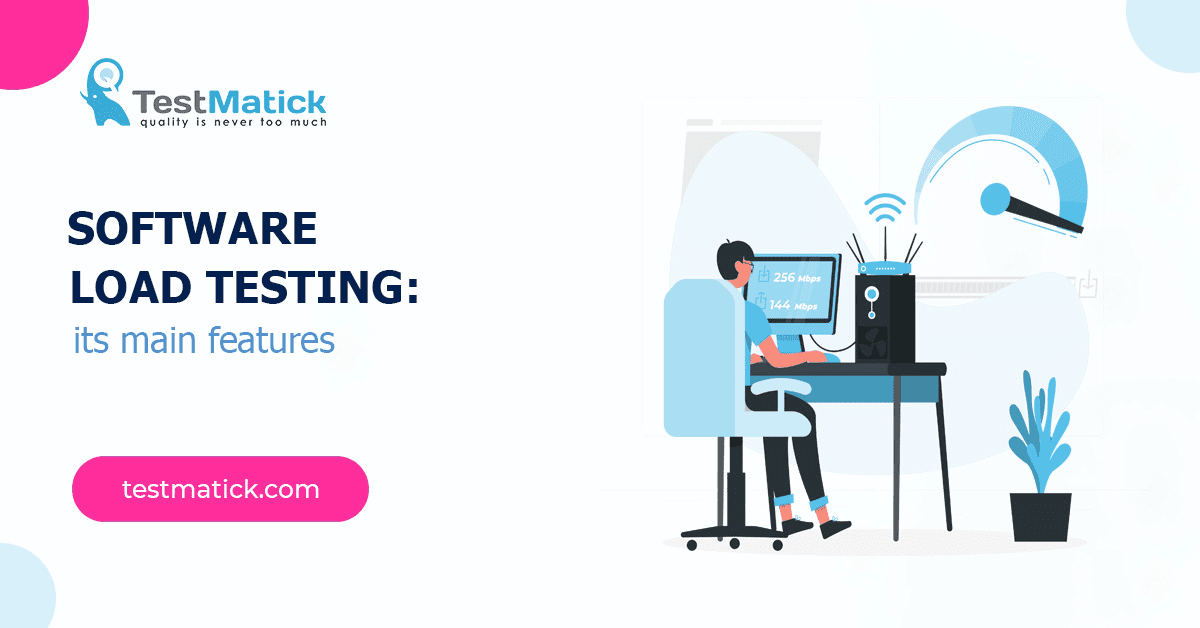It’s hard to imagine the modern world without numerous useful and convenient applications with beautiful and user-friendly interfaces.
But due to constantly developing modern technologies, rapidly increasing speed, requirements, and distributed systems, it’s not easy to develop the required application or software that will be easy to use by an end-user, rapid and functional.
Thus, what is hidden by a beautiful interface, images, and icons? The answer is simple: efficient work of IT companies, namely testers who execute numerous tests to make software and applications work properly.
Let’s look behind a beautiful internal menu and try to understand the meaning of load testing.
Also, we will describe the features of each type of this kind of web testing.
Types of load testing
Performance testing is one of the load testing types.
So-called performance testing should start at the first stages of software/application development since the later it starts, the harder it will be to make changes in created architecture and design.
There are numerous types of low performance and they are shown in slow response time, excessive resource requirements, reliability failures under conditions of load, and inadequate throughput.
There are also additional types of load testing that should be executed while performing end-to-end testing of software:
- Load testing. It is aimed at indicating a system state when load increases. For example, increasing transactions, operations, or user requests. It helps to identify scalability and response time, shows if a system can work under load or not;
- Resource utilization testing. Its task is to validate hardware performance during load (a processor, RAM, disk internal memory);
- Spike testing – performance testing during spikes of load. It identifies the stability of a system during sudden impulsive spikes of a system (a sudden increase of users, processes, operations and its return to a normal (properly working) state between such strong spikes;
- Tip-over testing or saturation testing. It’s aimed at searching for broken parts of architecture and spots when system load increases, by pointing such spots as vulnerable (weak). As a result, time of response and performance improve.
- Background testing. This testing helps to verify that increase in system load doesn’t affect the target audience;
- Stress testing. It tests if a system works properly under stress during failures and overload (lack of resources, memory, limited access to a server) and the time needed to restore a system to make it work properly. When we talk about load tests, stress testing is the first thing that comes to our minds;
- Endurance or soak testing. This type of load testing helps to test system endurance. In other words, it shows system performance during high load for a long time. It helps to find hidden leaks that are hard to record during other types of tests;
- Scalability testing. It helps to identify system performance when the number of operations/requests increases/decreases. For example, we can add a few processes when the number of requests increases so we can see this was enough and helped to solve the issue.
- Reliability testing. Its task is to identify system performance with an expected level of load for a long time. In other words, we should look at system performance in the work environment before loading a system.
A short conclusion
To sum up, all web testing companies should do numerous activities of load testing to make a user satisfied and receive functional, convenient, and rapid software or application and also keep pace with modern technologies when there is a high level of rivalry in the IT sector.










Leave A Comment